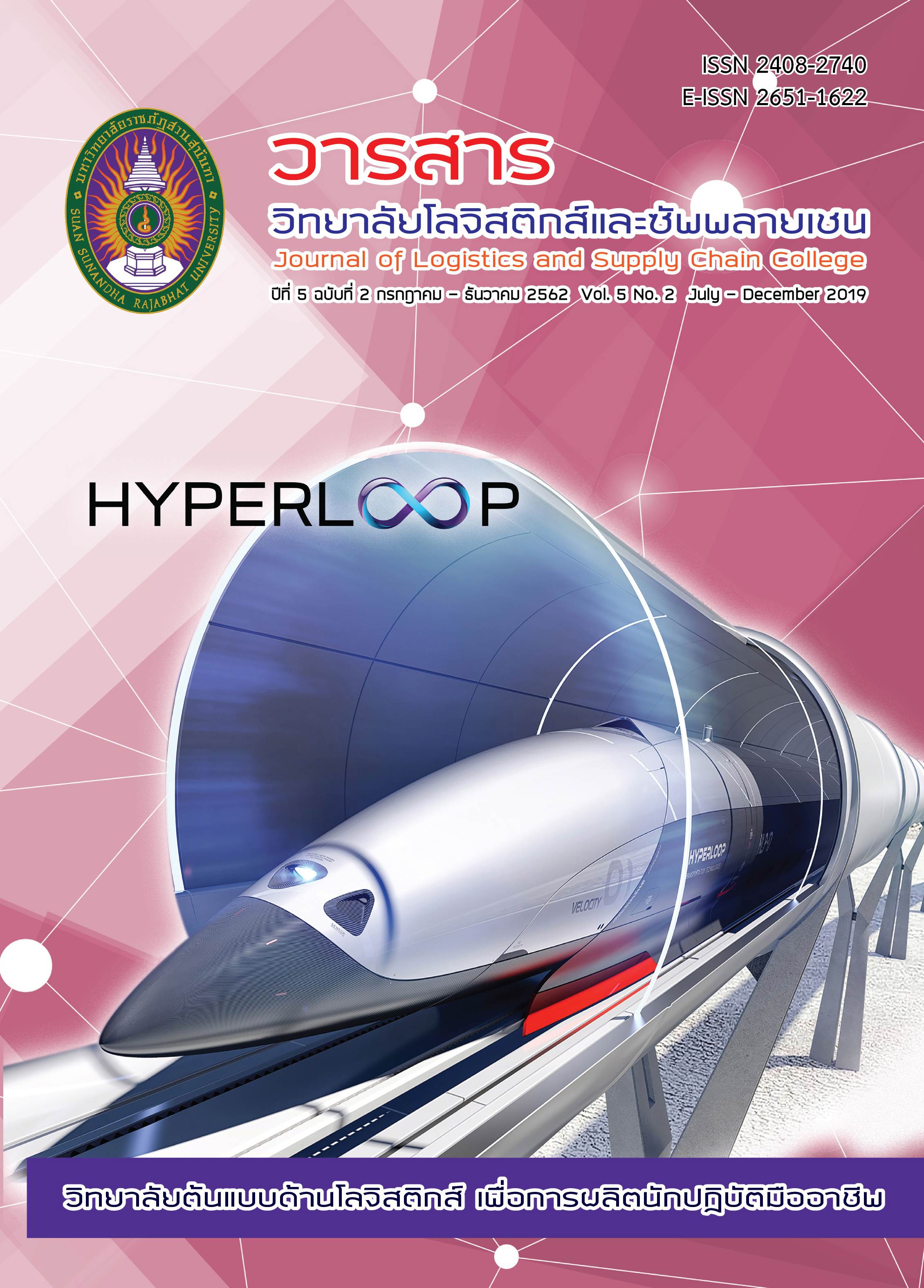The Production Value Chain and Marketing of Commercial Fish Processing Products in Nakhon Sawan Province
Abstract
The purpose of this study wear 1) to study the behavior of consumers and manufacturers in the value chain process and operations under the commercial fish production chain, and 2) to study and analyze the value chain processes of the area by group process is used to analyze the potential development of the production chain and fish product processing at the local level. The collecting data from 2 groups of samples which are group 1, group of fish farmers production operators entrepreneurs 200 sample, group 2: related business 200 collectors. A simple random sampling method the tools used are questionnaires and interview
forms, and the methods used for data analysis are percentage, average and content analysis. The results of the study show that consumers’ behavior is like buying fresh fish at sanjaokaitoo market. The most important problems in retail and wholesale are uncertain fish price
perishable fish needs less fish and is weighted as for managing the production chain and value chain of processed fish products, it is found that most of the entrepreneurs have raw materials procurement in dependent areas, with close trades of people in the area have low
cost. and the transportation cost from the fishery to the factory or fish product processing group is 400-650 baht per time. The average selling price of fish is 35-45 baht per kilogram the entrepreneurs can have the products sold at an average price of 150-200 baht per kilogram. As
for the operation, it is found that most entrepreneurs have adjusted the production model, by developing and improving products both quality inspection packaging temperature control, etc.
References
กุลภา บุญชูวงศ์. (2559). การศึกษาห่วงโซ่คุณค่าเพื่อการพัฒนาเครือข่ายอุตสาหกรรมปลานิล. กระทรวงเกษตรและสหกรณ์.
ปิยะพร อริยขจร. (2556). คลัสเตอร์ เครื่องมือเพื่อการเพิ่มขีดความสามารถในการแข่งขัน กรณีศึกษา: กลุ่มคลัสเตอร์บรรจุภัณฑ์โลหะกรุงเทพฯและปริมณฑล. รายงานนี้เป็นส่วนหนึ่งของการศึกษาหลักสูตรเศรษฐศาสตร์มหาบัณฑิต (เศรษฐศาสตร์ธุรกิจ) คณะเศรษฐศาสตร์ มหาวิทยาลัยธรรมศาสตร์
มหาวิทยาลัยสุโขทัยธรรมาธิราช. (2557). เอกสารการสอนชุดวิชาการจัดการช่องทางการตลาดและห่วงโซ่อุปทานหน่วยที่ 8-15. สาขาวิชาวิทยาการจัดการ.
เรืองไร โตกฤษณะ, กุลภา กุลดิลก และ กุลภา บุญชูวงศ์. (2559). การเสริมสร้างสมรรถนะเกษตรกรผู้เพาะเลี้ยงสัตว์น้ำ โดยการจัดองค์กรชุมชน. เสนอต่อสํานักงานกองทุนสนับสนุนการวิจัย
สํานักงานเศรษฐกิจเกษตร. (2552). ศักยภาพการผลิตและการตลาดปลานิล. เอกสารวิจัยเศรษฐกิจการเกษตร เลขที่ 119.
สิรยา คงสมพงษ์. (2557). รายงานผลสรุปการจัดกิจกรรมการเรียนรู้สำหรับผู้บริหารภาครัฐหลักสูตรการสร้างมูลค่าจากต้นน้ำถึงปลายน้ำ. บริษัทที่ปรึกษาเอพีเอ็ม กรุ๊ป.
Porter, M. E. (1985). Competitive Advantage: Creating and Sustaining Superior Performance. New York: Free Press.



